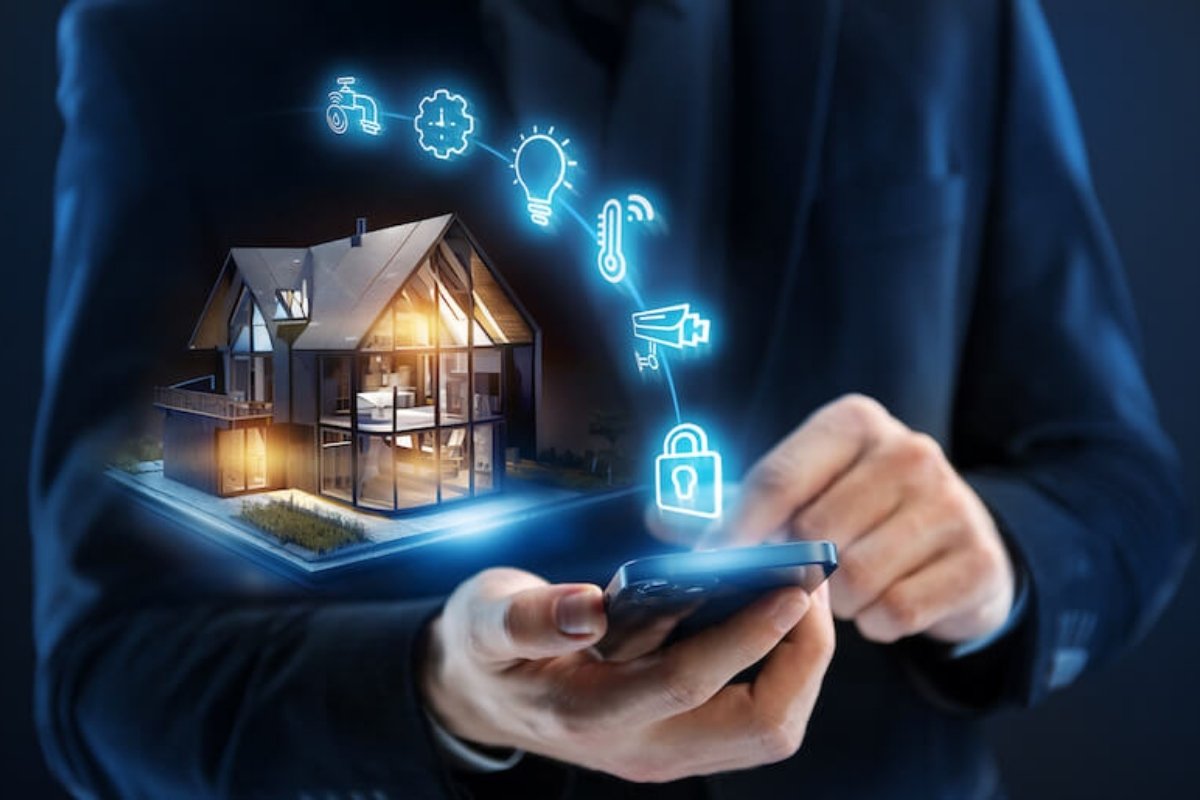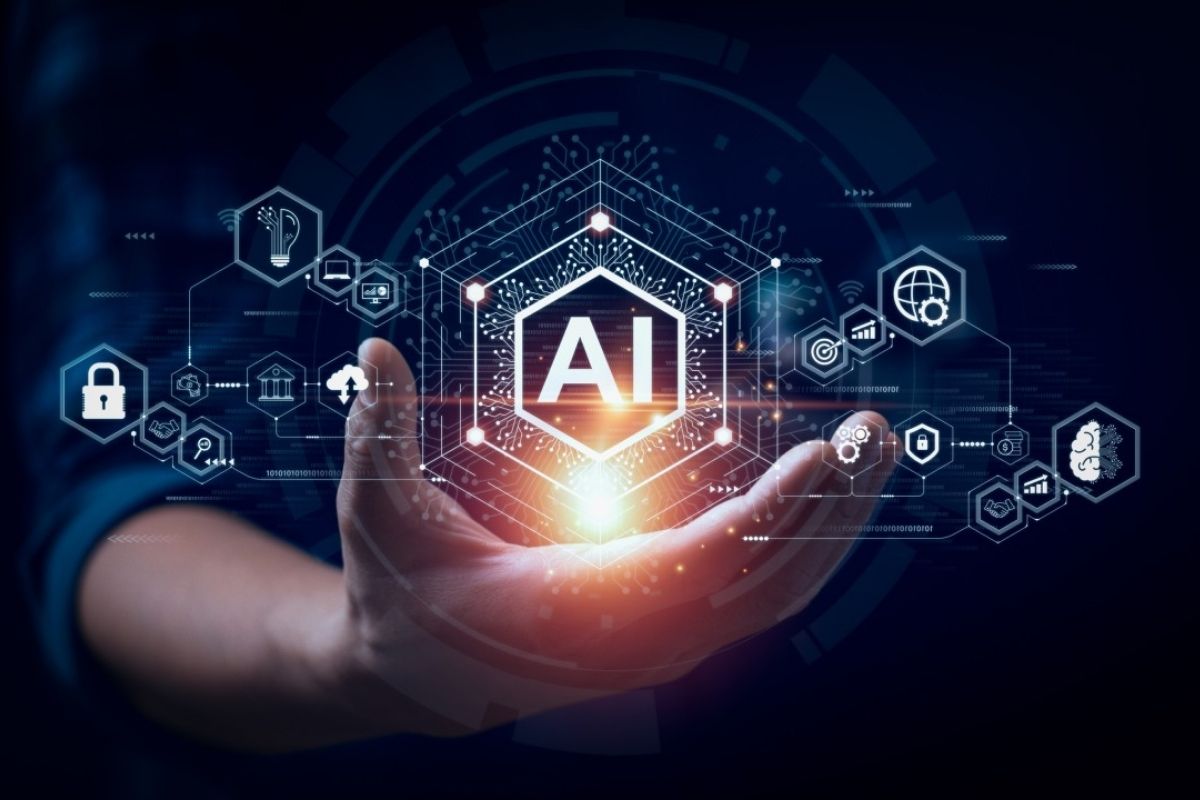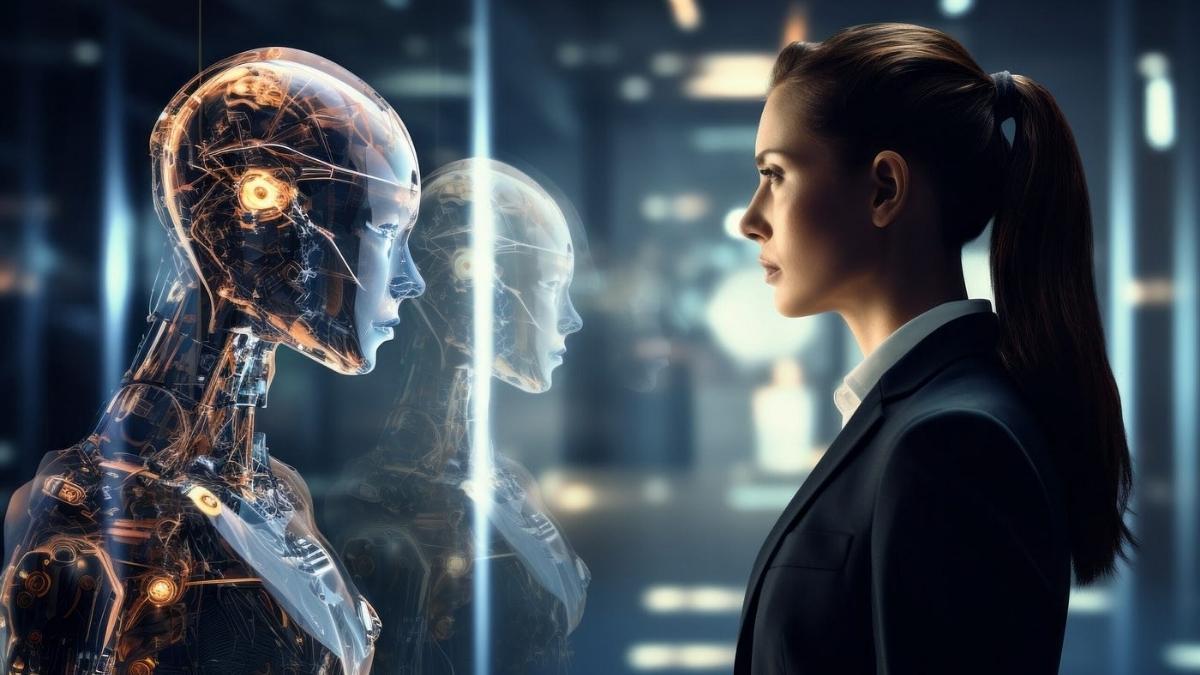Smart home technology has come a long way from being a futuristic concept to becoming an essential part of modern living. With advancements in artificial intelligence (AI), the Internet of Things (IoT), and automation, smart homes are transforming how we interact with our living spaces. From energy-efficient solutions to enhanced security and seamless connectivity, the evolution of smart homes is reshaping daily life.

The Early Days of Smart Homes
The concept of home automation dates back to the early 20th century when the first electrical appliances, such as refrigerators and washing machines, revolutionized household chores. However, it wasn’t until the late 20th and early 21st centuries that smart home technology gained momentum with the introduction of the internet and wireless connectivity. Early home automation systems were expensive and required extensive wiring, making them accessible only to the wealthy.
The Rise of IoT and Smart Devices
The Internet of Things (IoT) has played a pivotal role in the evolution of smart homes. IoT enables devices to communicate with each other, collect data, and provide automated responses. Today, smart homes include a wide range of connected devices such as:
- Smart Assistants – Voice-controlled AI-powered devices like Amazon Alexa, Google Assistant, and Apple Siri help manage daily tasks, control other smart devices, and provide information.
- Smart Thermostats – Devices like Nest and Ecobee optimize heating and cooling, learning user preferences to reduce energy consumption.
- Smart Lighting – Systems such as Philips Hue and LIFX allow users to control lighting remotely, set schedules, and adjust brightness and color.
- Smart Security Systems – Cameras, doorbell cameras, motion sensors, and smart locks provide real-time security monitoring and access control.
- Smart Appliances – Refrigerators, ovens, and washing machines with IoT integration enable remote control, energy efficiency, and predictive maintenance.
Read more: Cloud Computing vs. Edge Computing: What’s the Difference?
The Role of AI and Automation
Artificial intelligence has significantly enhanced the functionality of smart homes. AI-driven automation allows devices to learn user behavior, anticipate needs, and make adjustments accordingly. For example, AI-enabled thermostats adjust temperatures based on occupancy patterns, and smart lighting systems turn off lights when no one is in the room.
Moreover, AI-powered smart assistants are becoming more intuitive, enabling seamless voice control and integration with multiple devices. The ability of AI to process natural language and provide personalized recommendations has made home automation more accessible and user-friendly.

Energy Efficiency and Sustainability
One of the most significant benefits of smart homes is energy efficiency. By optimizing the use of electricity, water, and other resources, smart home technologies contribute to a sustainable lifestyle. Some key features include:
- Solar Panel Integration – Smart energy management systems allow homeowners to monitor and optimize solar energy usage.
- Smart Water Systems – Automated irrigation systems and leak detection sensors help conserve water.
- Energy Monitoring – Smart meters provide real-time data on energy consumption, allowing users to make informed decisions to reduce waste.
The Future of Smart Homes
The future of smart homes looks promising, with emerging technologies set to take automation to new heights. Some upcoming trends include:
- 5G Connectivity – Faster and more reliable internet connections will enhance the performance of IoT devices.
- Advanced AI and Machine Learning – Smarter automation and predictive capabilities will further personalize home experiences.
- Augmented Reality (AR) and Virtual Reality (VR) – These technologies will enable interactive home design, remote home management, and virtual assistance.
- Enhanced Security and Privacy Measures – With increasing cyber threats, smart homes will feature advanced encryption, biometric authentication, and AI-driven security protocols.
Conclusion
Smart home technology has evolved from simple automation to an interconnected ecosystem that enhances convenience, security, and sustainability. As AI, IoT, and 5G continue to advance, smart homes will become even more intelligent, adaptive, and efficient. The way we live is being transformed, making our homes more responsive to our needs than ever before. Investing in smart home technology is no longer a luxury but a step toward a smarter, more sustainable future.


